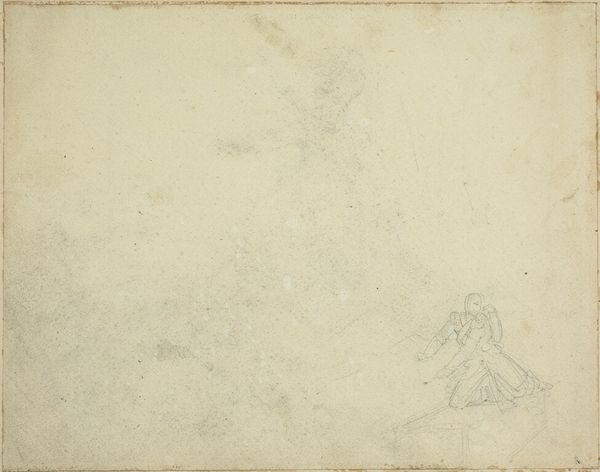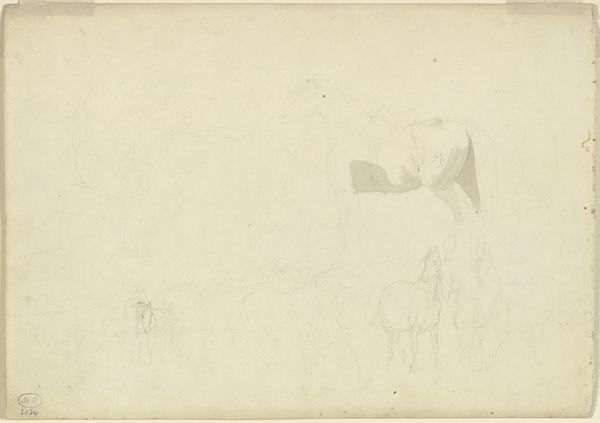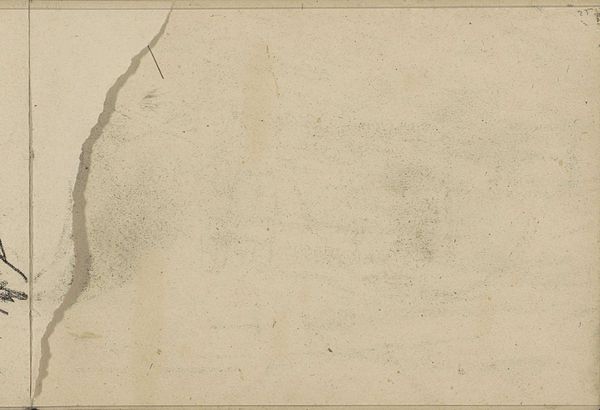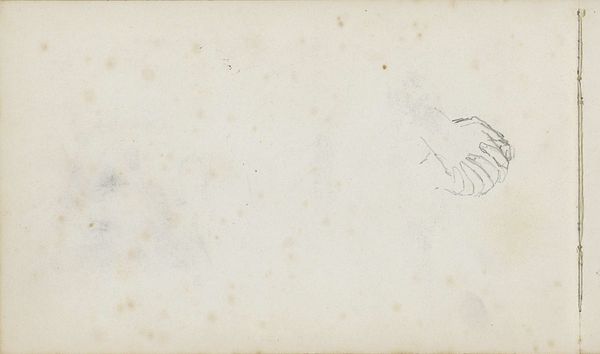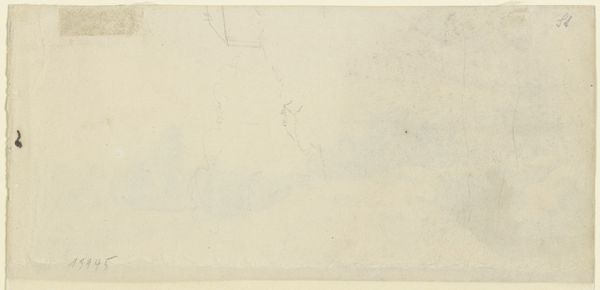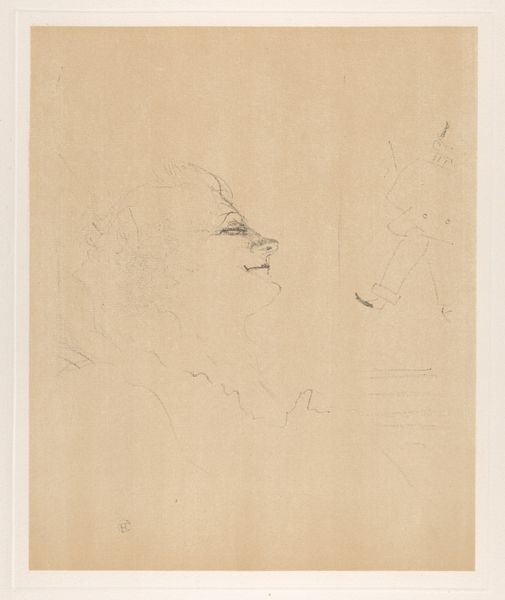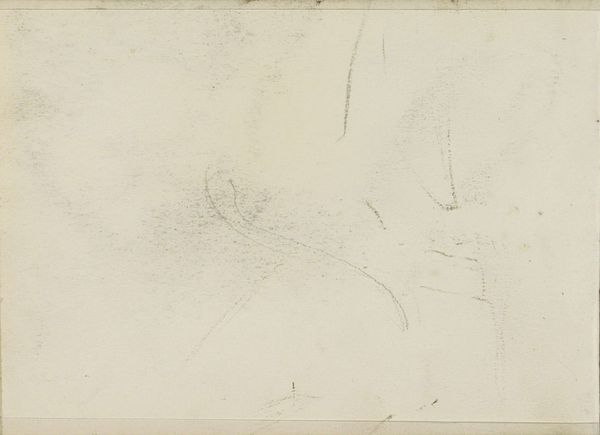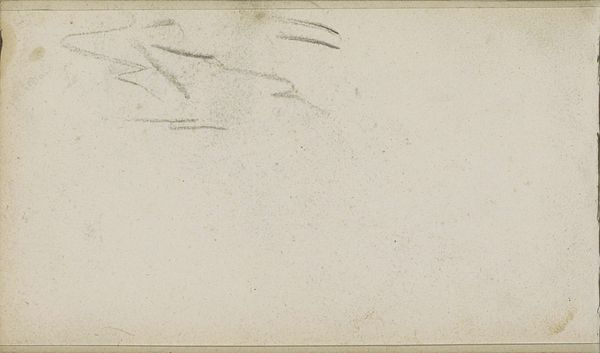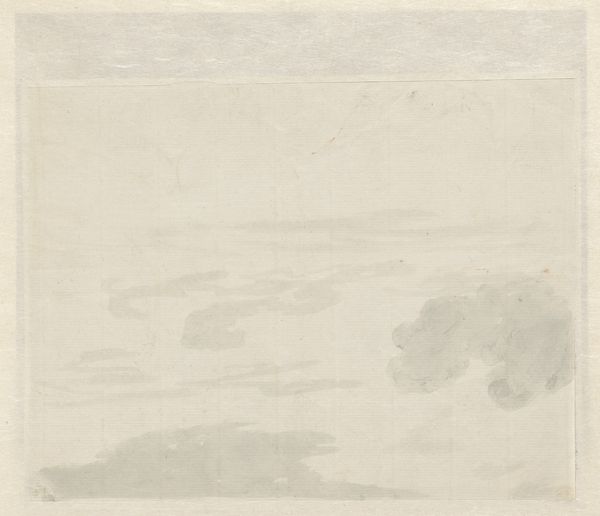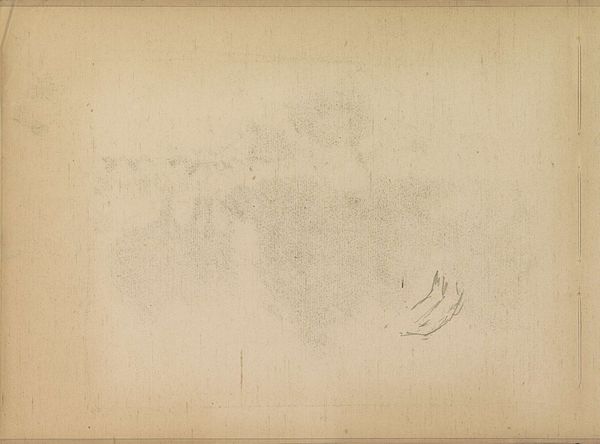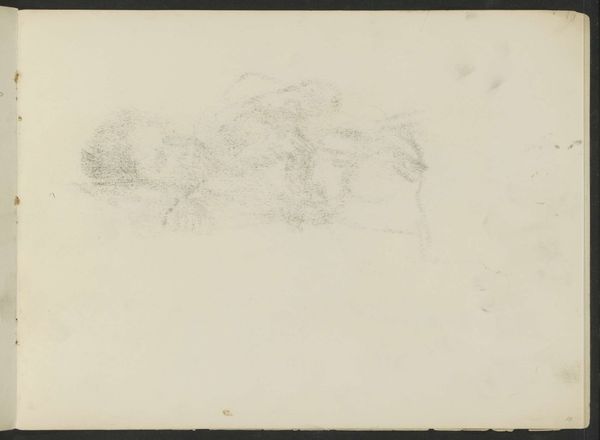![A Duck and a Stag [verso] by Paul Lacroix](/_next/image?url=https%3A%2F%2Fd2w8kbdekdi1gv.cloudfront.net%2FeyJidWNrZXQiOiAiYXJ0ZXJhLWltYWdlcy1idWNrZXQiLCAia2V5IjogImFydHdvcmtzLzM5ZmFiNTFhLWU4MWMtNGRjNy1iYjExLTBkZjAxYzY1MmQ4Zi8zOWZhYjUxYS1lODFjLTRkYzctYmIxMS0wZGYwMWM2NTJkOGZfZnVsbC5qcGciLCAiZWRpdHMiOiB7InJlc2l6ZSI6IHsid2lkdGgiOiAxOTIwLCAiaGVpZ2h0IjogMTkyMCwgImZpdCI6ICJpbnNpZGUifX19&w=3840&q=75)
drawing, paper, ink
#
drawing
#
landscape
#
paper
#
ink
#
realism
Dimensions: image (irregular): 39.05 × 8.26 cm (15 3/8 × 3 1/4 in.) sheet: 40.96 × 27.94 cm (16 1/8 × 11 in.)
Copyright: National Gallery of Art: CC0 1.0
Paul Lacroix rendered this graphite drawing of a duck and a stag sometime in the mid-19th century. Lacroix's choice of graphite is notable, marking a shift away from traditional drawing mediums. The medium influences the artwork's appearance. The graphite gives the figures a muted, grey tone, creating a soft, almost dreamlike quality. Consider the way this medium allows for the delicate rendering of light and shadow, bringing the duck and stag to life on the page. Graphite's accessibility made art creation more democratic. By the 19th century, graphite production became more industrialized, reflecting the wider social issues of labor and the rise of consumer culture. This unassuming graphite drawing exemplifies art's intersection with industry and everyday life. It encourages us to appreciate art not only for its subject but also for the materials and making processes behind it.
Comments
No comments
Be the first to comment and join the conversation on the ultimate creative platform.
